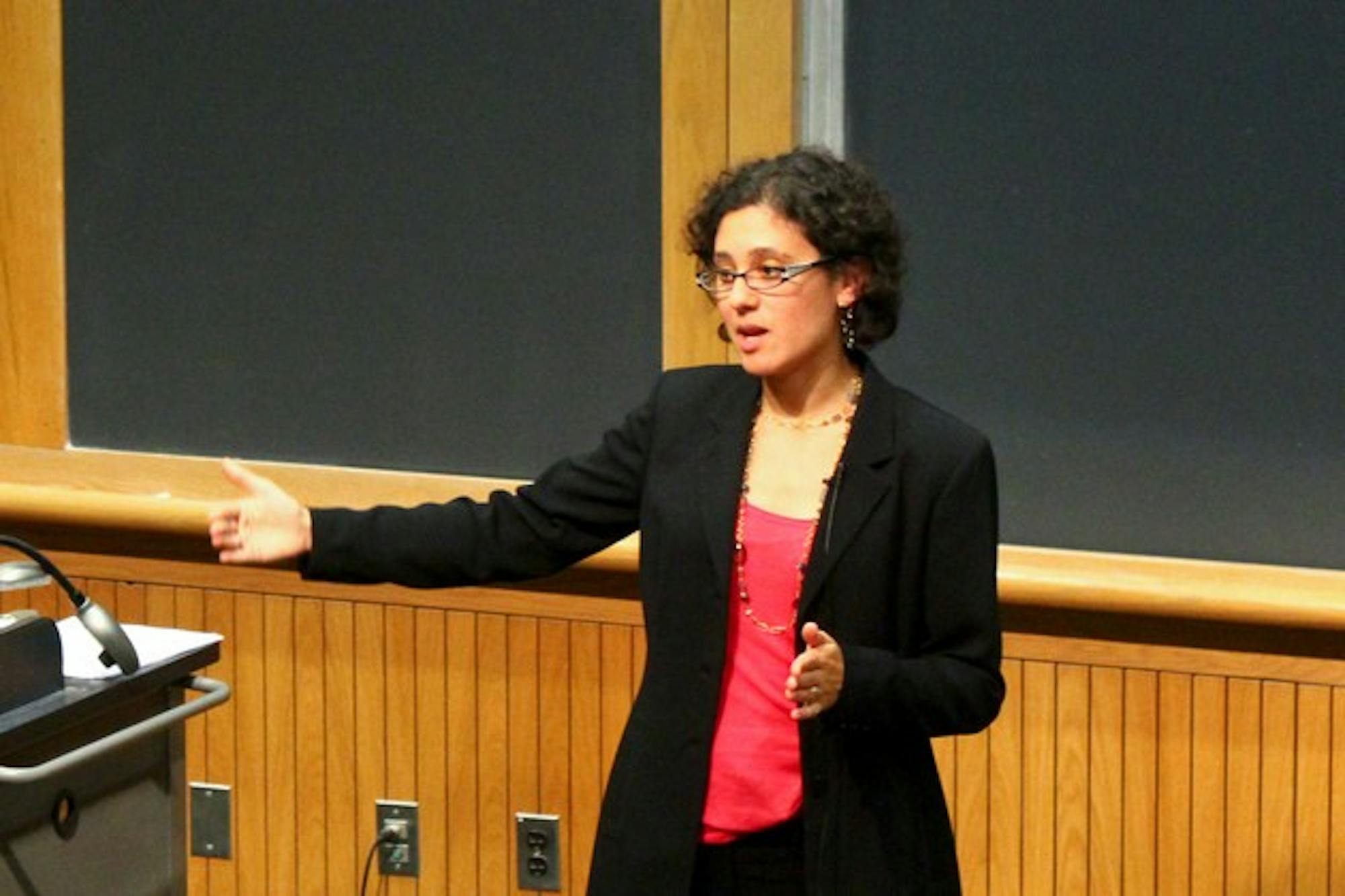The movement commonly referred to as the Great Black Migration was both sizeable and significant, Bouston said.
"In the middle part of the 20th century, more than four million African-Americans moved from the rural South to settle in industrial cities of the North and West," Bouston said. "By virtue of this migration, the very complexion of America changed."
The impact of black migration affected the housing markets in urban cities more than it did employment, she said.
"White residents were largely insulated from black migrants in the labor market, but they did compete with black newcomers for urban space, which is inherently zero sum," Bouston said. "Black migration strained the boundaries of existing, small early 20th century black neighborhoods, spilling into what were at the time traditionally white areas."
White populations responded to the influx of the black population in one of two ways "white flight or white fight," she said.
"Historians have focused heavily on white fight because this form of protest leaves a mark on the historical record," Bouton said. "If you opt to leave your city neighborhood and move out of the city, it might not leave a trace at an individual level, and in this case we must turn to population statistics."
As a quantitative economic historian, Bouston researched the country as a whole rather than a specific population and avoided anecdotal observation, which might have been of interest to a qualitative historian.
"I believe we can learn more about the world by observing individual and household behavior rather than questioning people about their motivations," she said. "I like to look at the real behavior in the world."
Her research considered 72 major northern cities and utilized census data on housing and population, following changes in black migration patterns from 1900 to 2008.
"In 1900, northern cities were 95 percent white and 90 percent of blacks lived in the South," she said. "In modern times, we take it for granted that city centers are associated with African-Americans, but this is actually a recent association. Throughout the century, we can see a continuous wave of migration that peaked in the 1940s, when about half a million blacks left the South."
Black migration to cities coincided with white flight to the developing suburbs, according to Bouston.
"In the 20th century, for every black arrival in the North there were approximately two or more white departures to the suburbs," Bouston said, adding that she was quick to caution against assuming a causal relationship.
"Two-thirds of white city residents lived in neighborhoods with no black residents," she said. "I just didn't understand why white households would be so affected by black migrants, given the level of racial segregation that existed by neighborhood."
What did motivate white flight, Bouston said, were differences in public services including schools, police forces and taxes between cities and suburbs.
Whites were concerned about the effect of black migration to city centers on the quality and distribution of these services, according to Bouston. The suburbs served as a safe zone for those moving out of the cities, she said.
"Fear of interaction with black neighbors was second to the lure of political autonomy in suburbs from increasingly racially and socioeconomically diverse city center," she said.
This motivation for white flight accounted for only about 20 percent of the population shift to the suburbs, she said. Other important factors included job availability and crime rates.
"We're in the business of looking at these factors piecemeal, one by one," she said. "It might be part of the story, but it's not everything."
The lecture was co-sponsored by the Rockefeller Center and the College's economics department.




